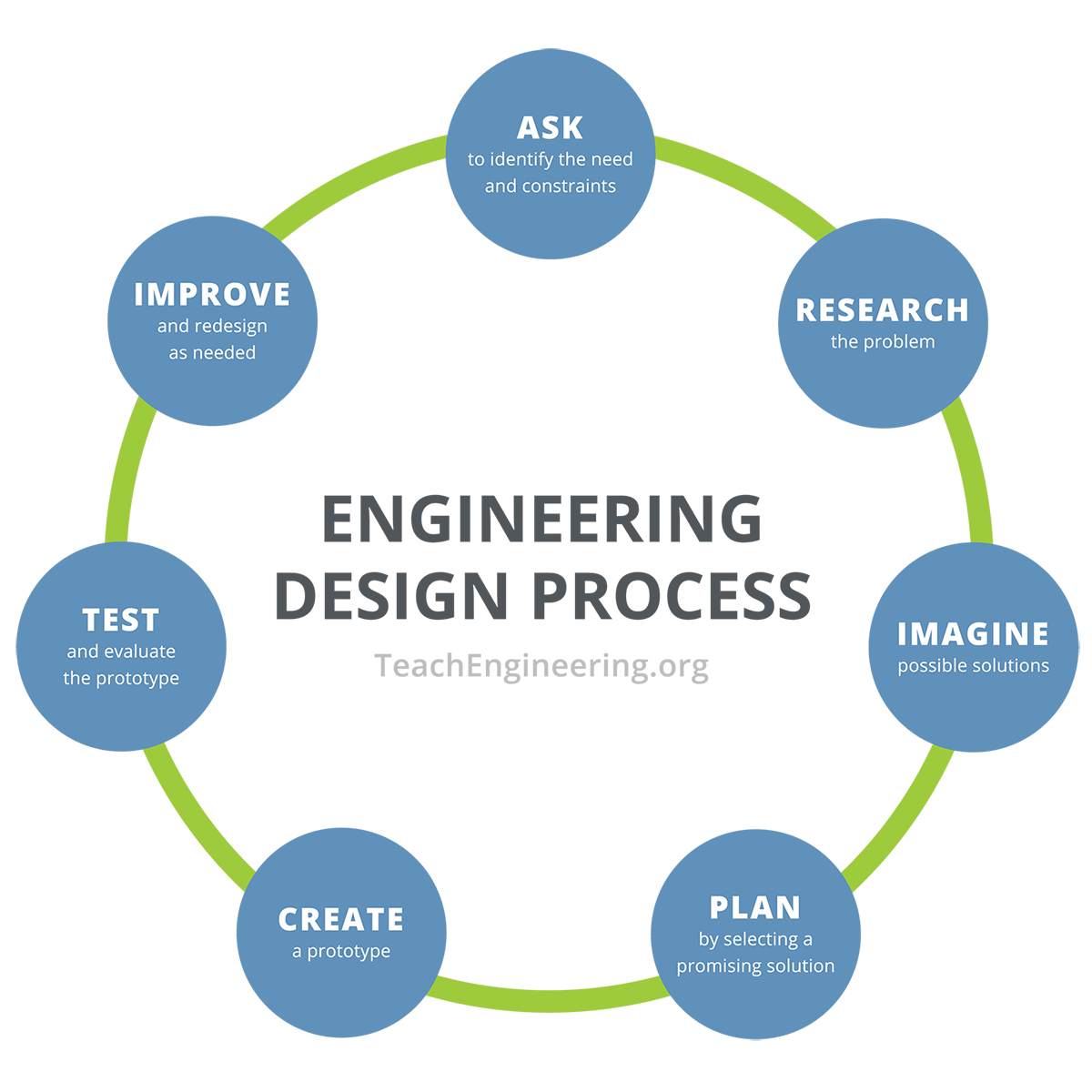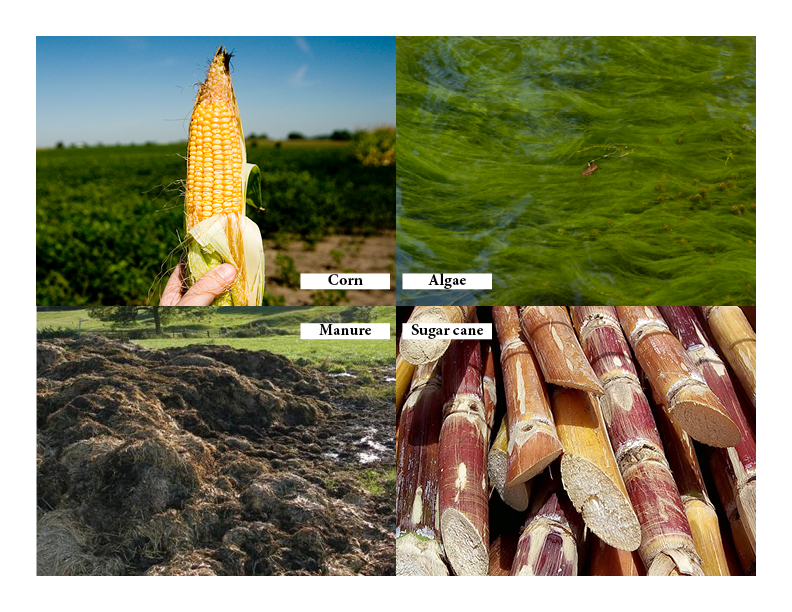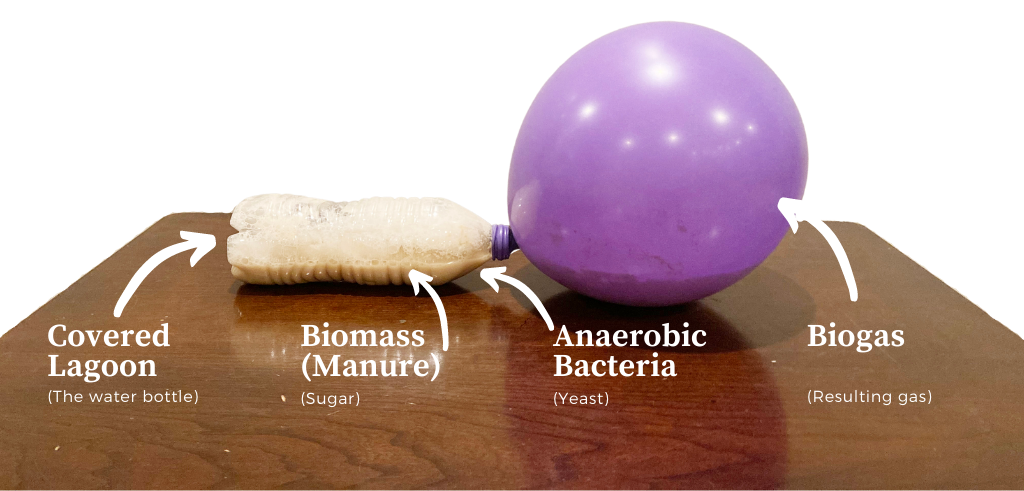Farming for Energy
Students identify renewable and nonrenewable energy sources and investigate how farms can produce renewable energy.
Background
Lesson Activities
Recommended Companion Resources
Credits
Author
Lynn Wallin | National Center for Agricultural Literacy (NCAL)
Acknowledgements
This lesson was created with support from Smithfield Foods, Inc. for National Agriculture in the Classroom. Smithfield has pioneered sustainability standards for more than two decades, including its industry-leading commitments to become carbon negative in U.S. company-owned operations and reduce GHG emissions 30% across its entire U.S. value chain by 2030. Visit the environment page to learn more about their goals.
Energy Cards Photo Credits:
- "Geothermal energy" by Peter Nijenhuis is licensed under CC BY-NC-ND 2.0
- "Sugarcane Ethanol" by Sweeter Alternative is licensed under CC BY-ND 2.0
- "Coal" by oatsy40 is licensed under CC BY 2.0
- "Oil well pump jacks" by Richard Masoner / Cyclelicious is licensed under CC BY-SA 2.0
- "Perry Nuclear Power Plant, Unit 1" by NRCgov is licensed under CC BY-NC-ND 2.0
Standards
National Content Area Standards
- Science
- 3-5-ETS1: Engineering Design
- 3-5-ETS1-1: Define a simple design problem reflecting a need or a want that includes specified criteria for success and constraints on materials, time, or cost.
- 3-5-ETS1-2: Generate and compare multiple possible solutions to a problem based on how well each is likely to meet the criteria and constraints of the problem.
- 4-ESS3: Earth and Human Activity
- 4-ESS3-1: Obtain and combine information to describe that energy and fuels are derived from natural resources and that their uses affect the environment.
- 5-ESS3: Earth and Human Activity
- 5-ESS3-1: Obtain and combine information about ways individual communities use science ideas to protect the Earth's resources and environment.
- 3-5-ETS1: Engineering Design


